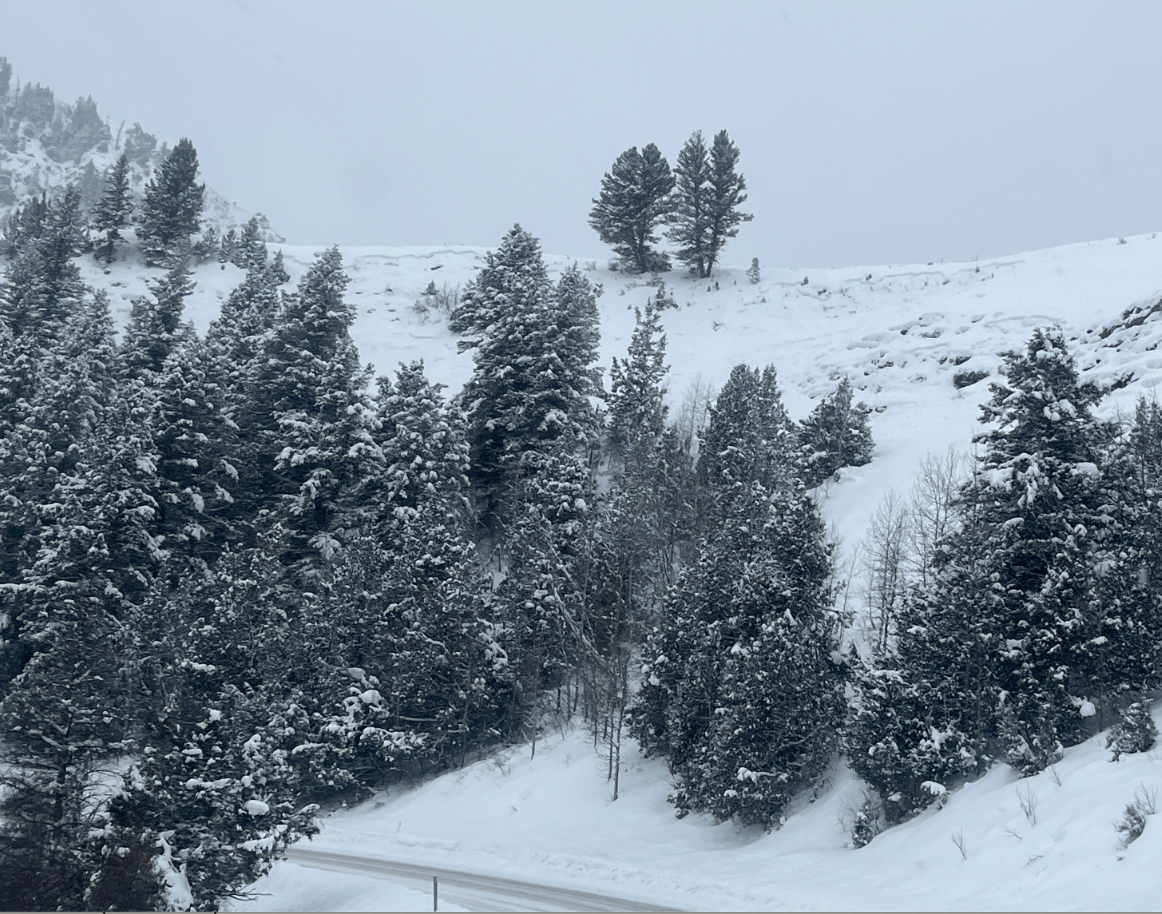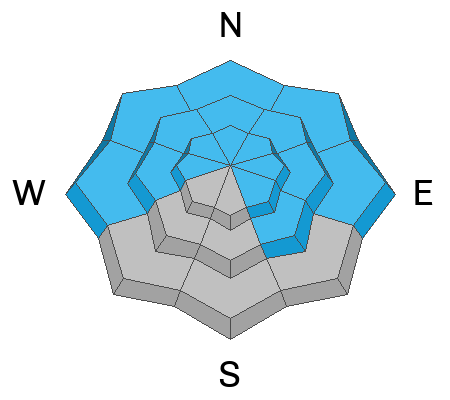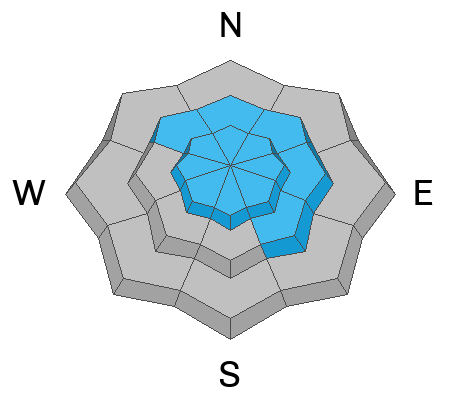Forecast for the Logan Area Mountains

Issued by Toby Weed on
Thursday morning, January 11, 2024
Thursday morning, January 11, 2024
Avalanches are likely, and the danger is HIGH in the backcountry. Heavy snowfall and strong winds overloaded a widespread buried weak layer, creating very dangerous conditions, especially on drifted slopes at upper and mid-elevations. Dangerous conditions also exist on many low-elevation slopes where natural avalanches are possible, and people are likely to trigger avalanches.
People should stay off of and out from under drifted slopes steeper than 30° and avoid travel in avalanche terrain at all elevations.

Low
Moderate
Considerable
High
Extreme
Learn how to read the forecast here










